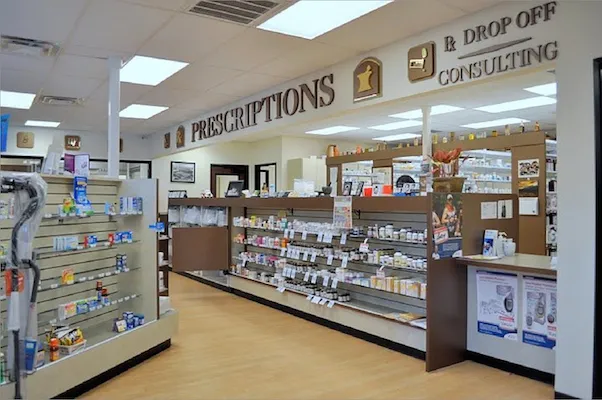ALEXANDRIA, Va. — Independent community pharmacies are making strides in diversifying their revenue despite pressure from thinning prescription reimbursements and narrow pharmacy networks, according to the National Community Pharmacists Association.
The 2015 NCPA Digest, released Tuesday and sponsored by Cardinal Health, shows how independent drug stores are serving up new pharmacy services — mainly focused on medication adherence — to foster growth. At the same time, the digest illustrates how their market presence has stagnated amid key business challenges.
“The NCPA Digest affirms that independent community pharmacies are essential to patients, and particularly those in underserved inner city and rural areas. These innovative small-business owners are defining the future of pharmacy,” NCPA chief executive officer B. Douglas Hoey said in a statement. “In addition, the digest illustrates the challenges of declining — even negative — revenue from prescription drug reimbursement.”
According to the digest, there are 22,478 independent pharmacies, down from 22,814 a year ago. Prescription volume also has declined slightly, to 61,568 annually from 62,424 in last year’s digest. NCPA said the change stems in part from “excessive limitations on patient choice of pharmacy that NCPA continues to oppose.”
“This underscores the urgency with which community pharmacy owners must address two areas,” Hoey explained. “First, improve patient adherence to make your pharmacy indispensable to payers who are under increasing pressure to demonstrate success in that area. Second, take advantage of every opportunity to diversify pharmacy revenue streams beyond prescription drug payments. NCPA offers turnkey programs to address these areas and will continue to seek out new ways to help community pharmacies stay competitive.”
Independent pharmacies are already well down that path. The NCPA Digest found that these pharmacies collaborate with doctors 10 times daily on prescription drug therapy (up from 8.7 last year). The leading niche patient care services offered by community pharmacies were medication therapy management (provided by 80% of independent pharmacies), same-day home delivery (78%), immunizations (71%) and compounded medications (65%).
Other findings in the NCPA Digest included the following:
• 80% of prescriptions dispensed were for generic drugs, which NCPA said is an indicator of how community pharmacists are helping to reduce overall health care costs.
• Doctors accept independent pharmacists’ recommendations 94% of the time for generic drugs and 80% of the time for other therapies.
• More than 314,000 people are employed on a full- or part-time basis by independent pharmacies, which NCPA noted contribute greatly to state and local economies and tax revenue.
• Community pharmacies lowered payroll expenses, as a percentage of sales, from 13.4% to 13% to deal with tight prescription drug reimbursement rates.
• 26% of independent pharmacy owners have ownership in two or more pharmacies.
“The health care industry continues to explore new approaches to challenges associated with care delivery and coordination, which is an opportunity for the community pharmacist to play an increasingly significant role in the healthcare system,” stated Ron Clerico, vice president of retail marketing at Cardinal Health. “Consumers and patients have access to a wealth of information and are taking on additional responsibilities for their health care decisions. And they are looking for a trusted health care adviser to guide them through all the options.”









